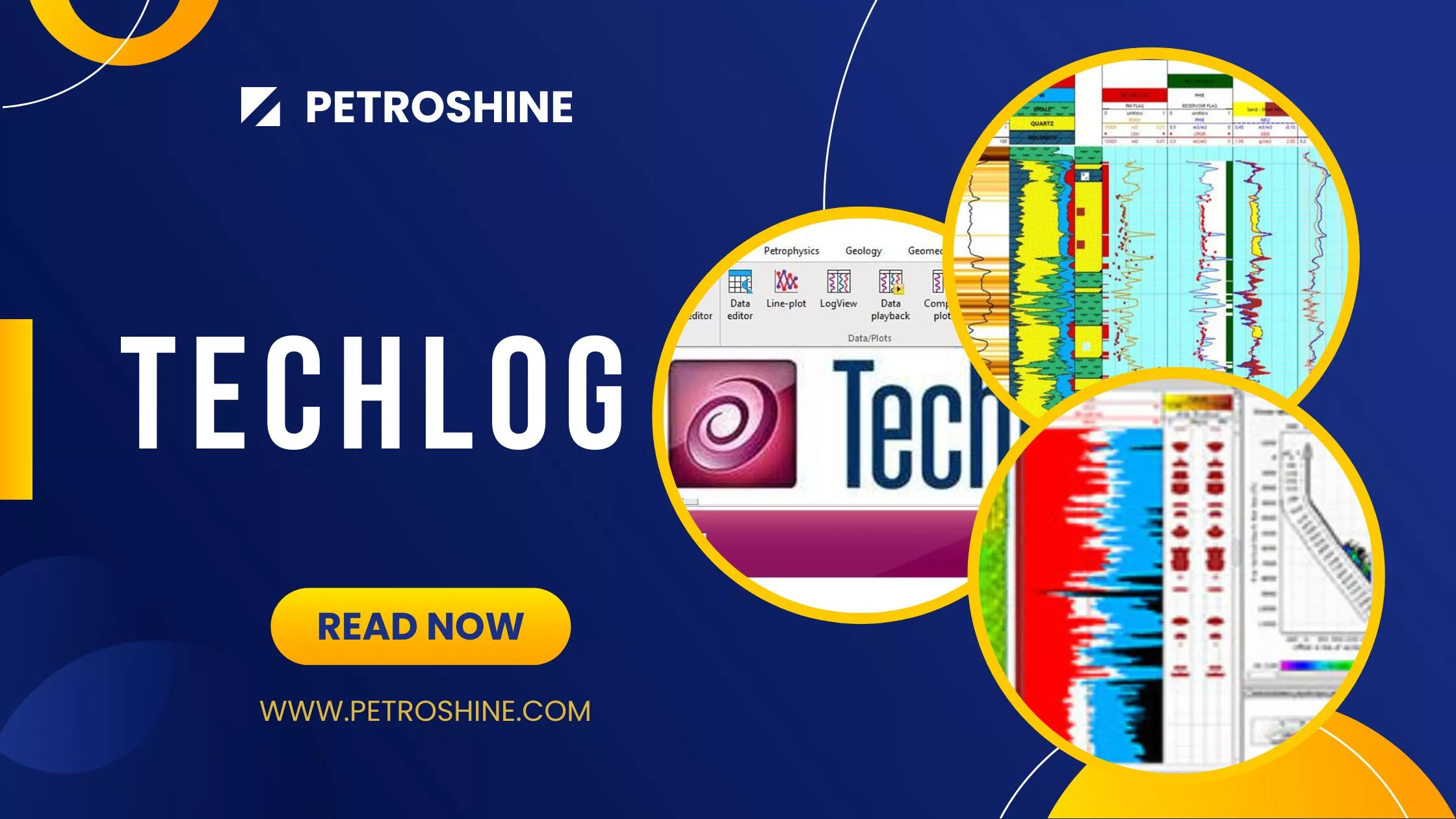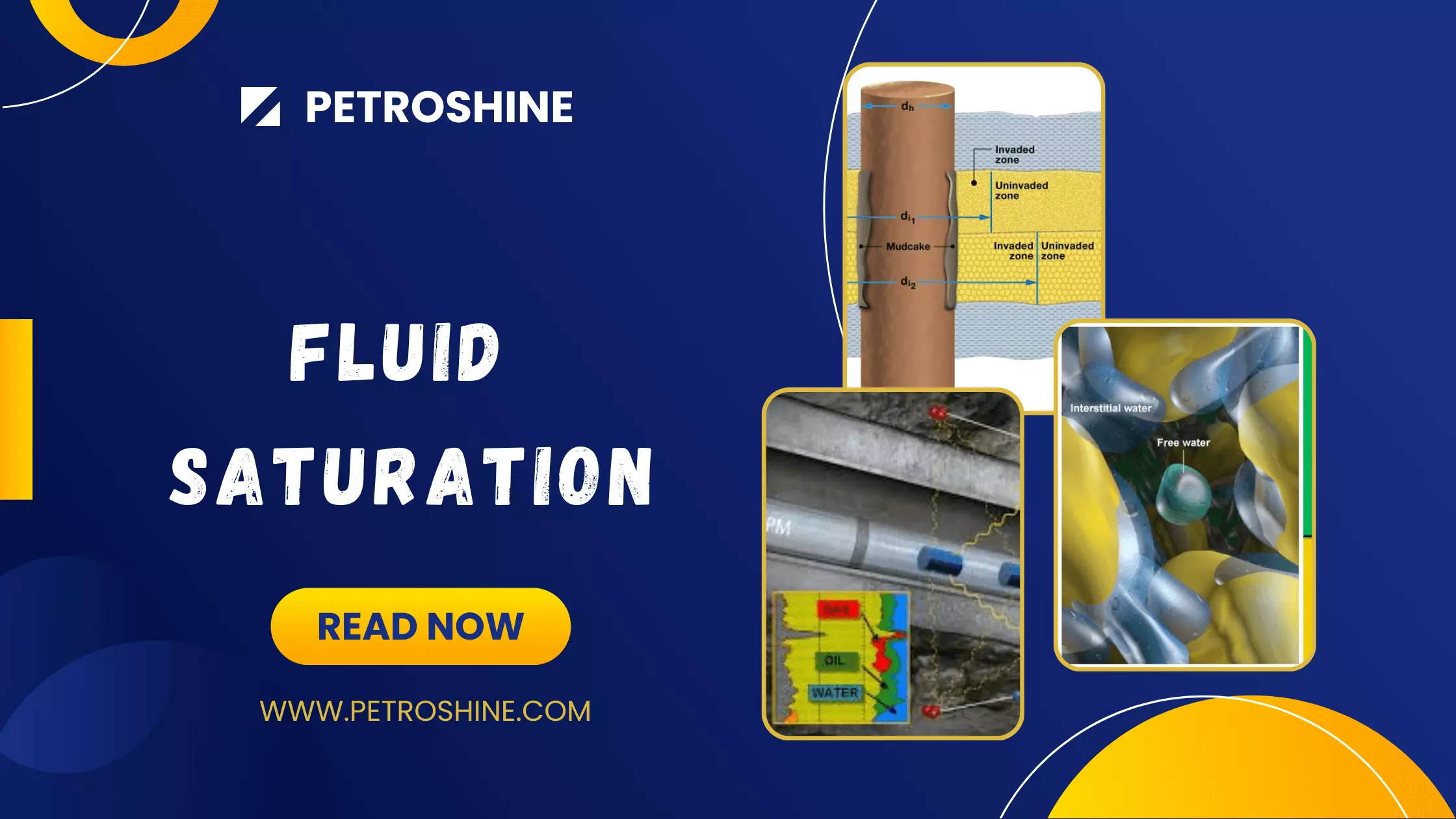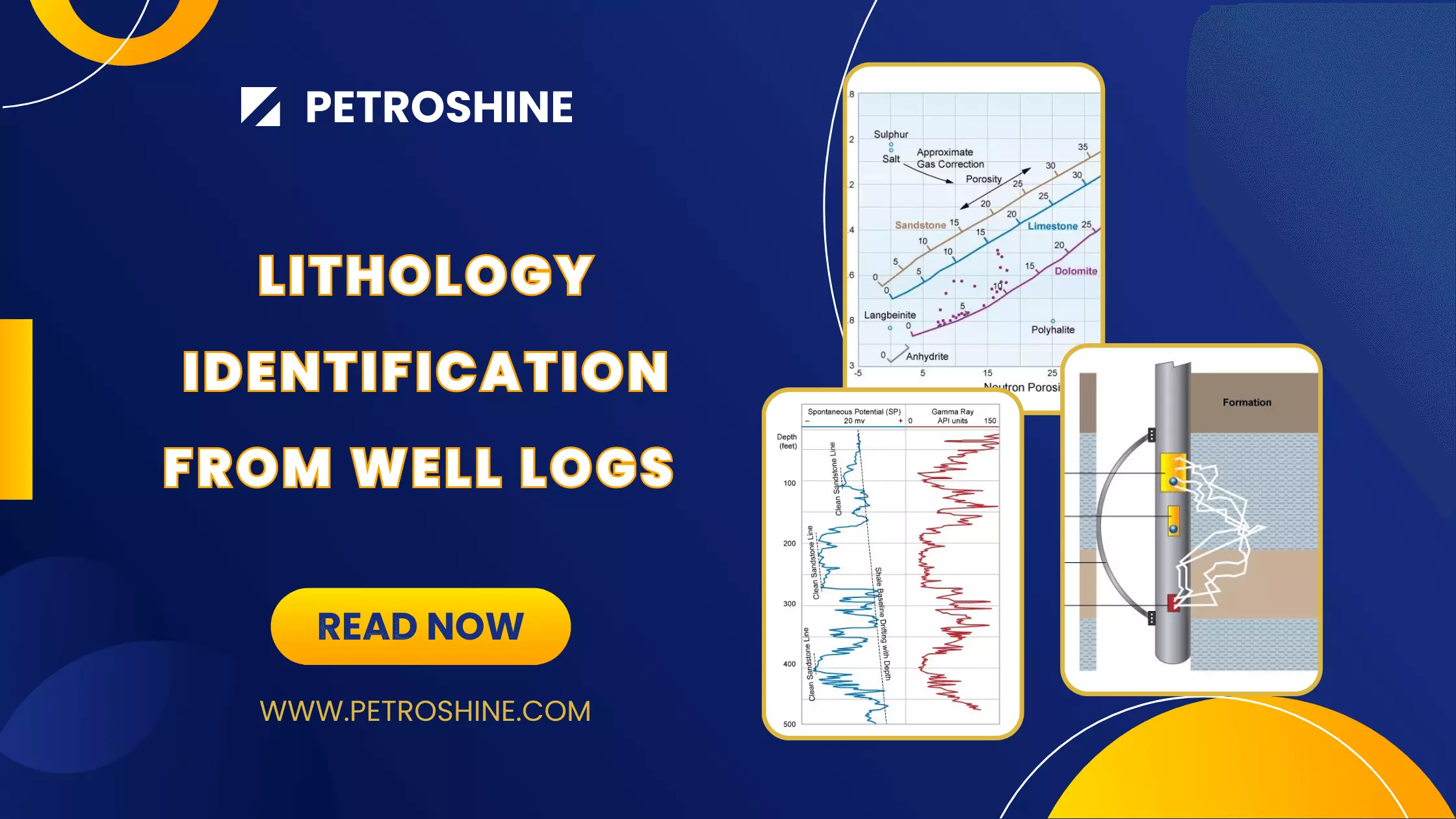Introduction
Artificial intelligence (AI) is no longer just a buzzword in the tech world — it’s a transformative tool making its way into every corner of the oil and gas industry. One of the most promising fields seeing rapid change is petrophysics. With increasing demand for faster and more accurate reservoir evaluation, petrophysicists are now embracing AI and machine learning to solve complex subsurface problems.
In this article, I’ll share how AI is revolutionizing petrophysical analysis, the key use cases, tools, and benefits – from the perspective of someone working in the field.
What Is AI in Petrophysics?
Artificial intelligence in petrophysics refers to the application of machine learning (ML) and deep learning (DL) algorithms to analyze and interpret subsurface data such as well logs, core data, and production information. Instead of relying only on manual interpretation or empirical equations, AI uses data patterns and statistical relationships to deliver insights – often with greater speed and accuracy.
Top Applications of AI in Petrophysics
1. Porosity and Permeability Prediction
Traditionally, porosity is calculated using density and neutron logs, and permeability is inferred from core data or empirical models. However, in wells where key logs are missing or noisy, AI models like neural networks can estimate these properties using other logs (e.g., gamma ray, resistivity).
2. Facies and Lithology Classification
AI can automatically classify lithofacies based on log responses using unsupervised clustering (like K-means or SOM). This helps geologists and petrophysicists understand depositional environments without manual crossplotting.
3. Water Saturation Estimation
Complex reservoirs, especially those with dual porosity or variable water salinity, often challenge traditional water saturation equations. AI can model these non-linear relationships better and provide more reliable Sw estimates.
4. Log Quality Control and Repair
AI is excellent at identifying log anomalies, correcting environmental effects, or filling missing log sections. This significantly reduces the time spent on data cleaning.
5. Rock Typing and Flow Unit Classification
Using techniques like FZI and AI-based clustering, we can define hydraulic flow units and rock types more objectively and integrate them into static or dynamic models.
Benefits of Using AI in Petrophysics
- Speed: AI accelerates tasks like porosity estimation, log repair, and classification, cutting time from days to hours.
- Scalability: AI models trained on a few wells can be applied across entire fields or basins.
- Accuracy: AI can capture complex, non-linear relationships in the data that traditional methods might miss.
- Automation: Repetitive and manual tasks can be handled automatically, freeing petrophysicists to focus on decision-making.
Challenges to Consider
- Data Quality: Poor or inconsistent log data can compromise AI models.
- Explainability: Many AI models are black boxes — they give answers, but it’s not always easy to understand how they got there.
- Human Expertise Still Needed: AI should enhance, not replace, the judgment of experienced petrophysicists.
Real Example from the Field
In one North African clastic reservoir, we used AI to estimate effective porosity in a well lacking density and neutron logs. By training a neural network on gamma ray and resistivity from nearby wells (with full logs), we achieved high correlation with core porosity. This guided the perforation strategy and helped optimize production – a real-world win.
Conclusion
Artificial Intelligence is redefining how we do petrophysical interpretation. It’s not about replacing petrophysicists – it’s about giving us better tools to work smarter and faster. As the industry continues to digitize, the integration of AI into petrophysical workflows will become not only common but essential.
If you’re a petrophysicist, now is the time to start exploring how AI can help you in your daily work — from log interpretation to reservoir modeling.
 Petro Shine The Place for Oil and Gas Professionals.
Petro Shine The Place for Oil and Gas Professionals.



